Did you know that the International Federation of the Red Cross and Red Crescent Movement (ICRC and IFRC), also known as the Red Cross and Red Crescent, was founded in 1863? That’s 160 years of international solidarity and lifesaving service!
The origin of the ICRC and IFRC starts with Henry Dunant, a Swiss businessman who helped wounded soldiers in the Battle of Solferino in 1859. Dunant was alarmed by the lack of care provided to soldiers on both sides of the battle, which led to many deaths. He had a humanitarian vision for the creation of national societies and the adoption of international agreements that would oblige medical services for wounded soldiers.
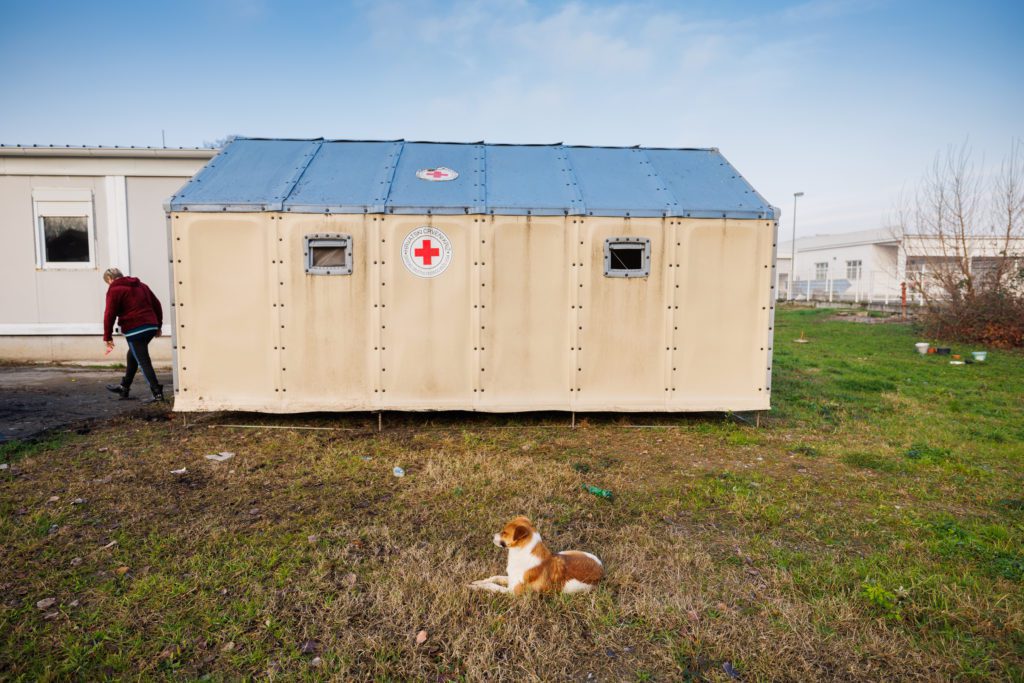
Today, the ICRC and IFRC is the largest humanitarian organisation in the world, with 192 National Red Cross and Red Crescent Societies, made of committed volunteers and humanitarian professionals who share the common goal of saving lives and reduce suffering.
On 8 May, we are celebrating World Red Cross and Red Crescent Day! Take a look at some of the Red Cross National Societies that we’ve worked with so far, building temporary shelters for the most vulnerable people who are forcibly displaced. All work that comes straight #fromtheheart.
Svenska Röda Korset – Swedish Red Cross
At the height of the COVID-19 pandemic in 2020, the Swedish Red Cross built RHU shelters on the grounds of hospitals across Sweden in Helsingborg, Göteborg and Lund, to extend health infrastructure when it was needed most. The RHUs provided Red Cross members to raise awareness on COVID-19 treatment and prevention.
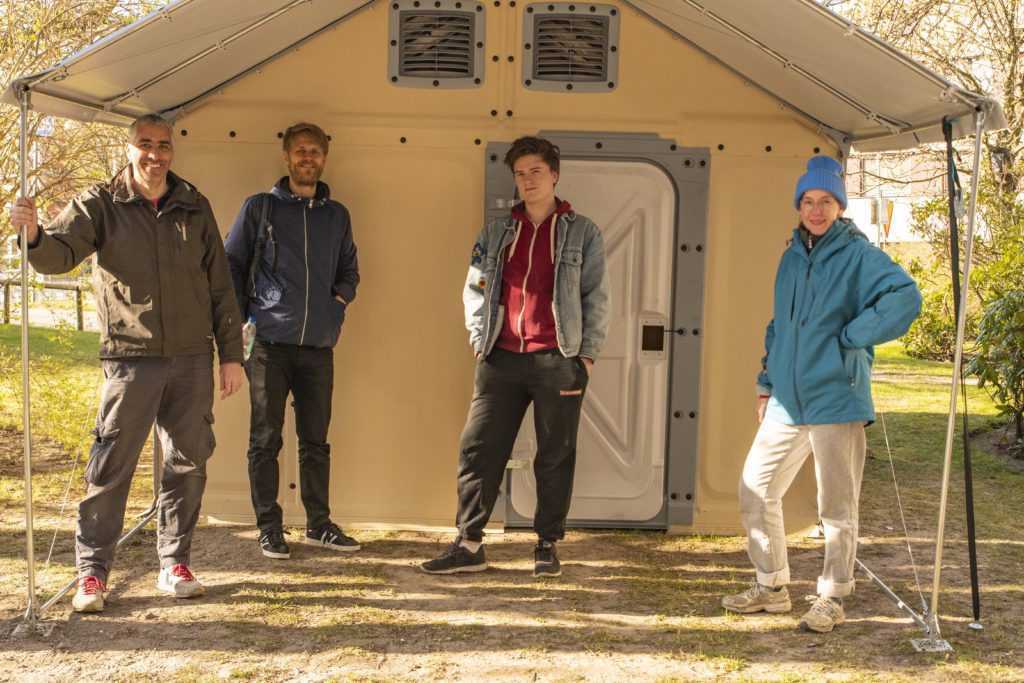
Crucea Roșie Română – Romanian Red Cross
When the war in Ukraine broke out in 2022 and resulted in one of the largest refugee crises since World War II, all of Ukraine’s European neighbours mobilised quickly. RHUs were installed by the Romanian Red Cross, after a year of welcoming Ukrainian refugees, now totaling over 100,000, and many of whom are women and children.
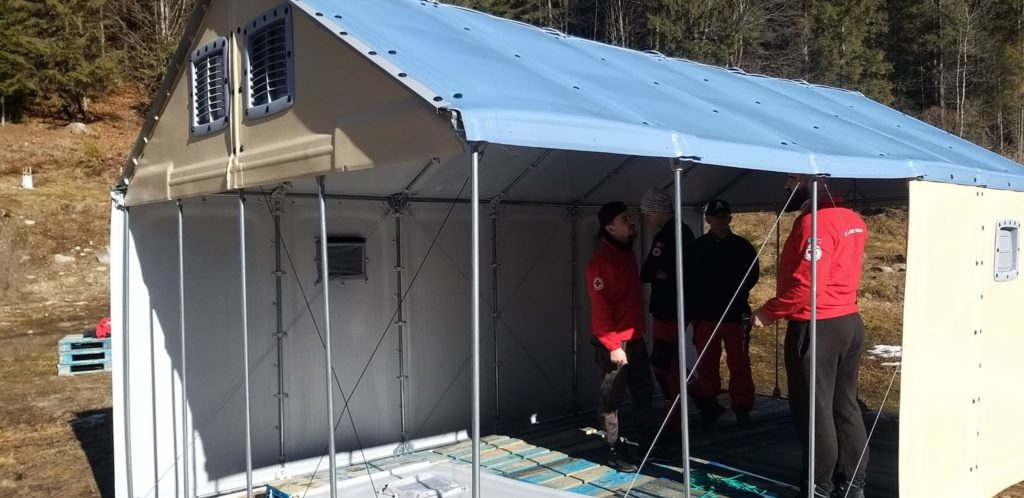
Croce Rossa Italiana – Italian Red Cross
The 2015 European migration crisis made international headlines, as hundreds of thousands made the dangerous journey across the Mediterranean in search for a better life. Suddenly, the southern European states were faced with reception, shelter and service challenges. Responding to the influx of arrivals, the Italian Red Cross installed RHUs as temporary shelters in transit centres across Italy, in Rome, Settimo Torinese, Lecce and Bresso.
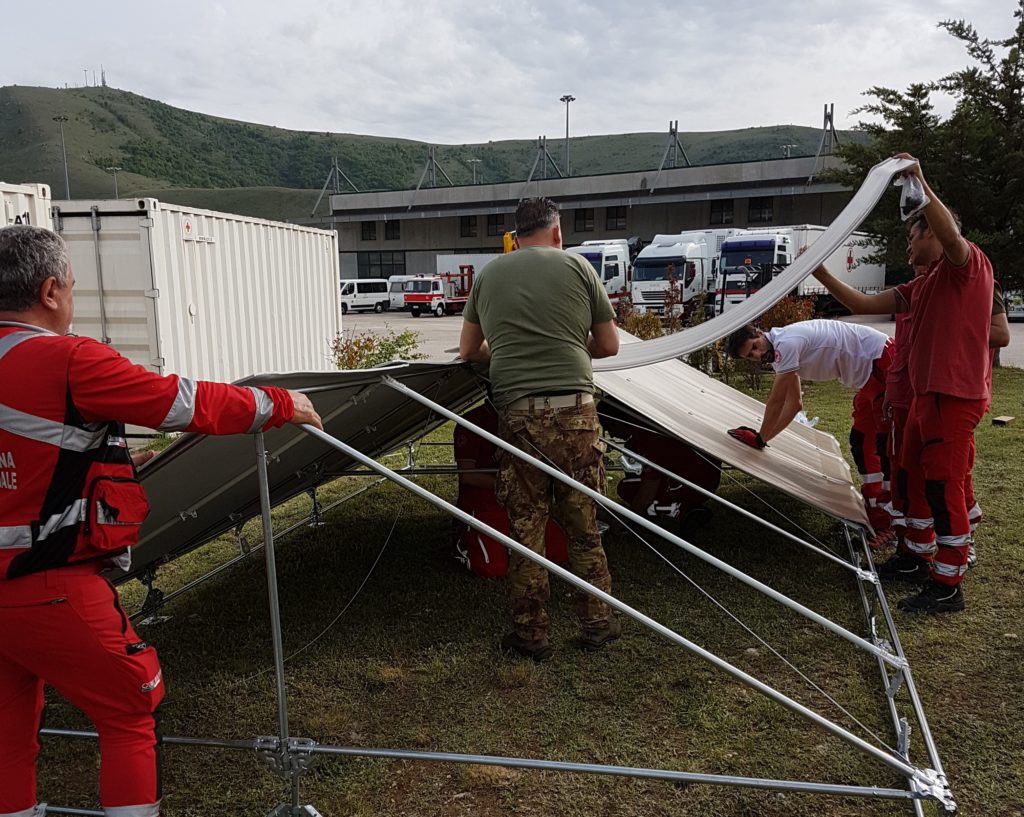
Kryqi i Kuq Shqiptar – Albanian Red Cross
In 2019, Northwestern Albania was struck by a 6.4 magnitude earthquake, the most powerful in recent decades, resulting in hundreds of casualties and thousands displaced. Responding to needs after hundreds of buildings were left destroyed, the Albanian Red Cross provided RHUs for families who lost their home and in need of a temporary shelter as they began to rebuild their lives.
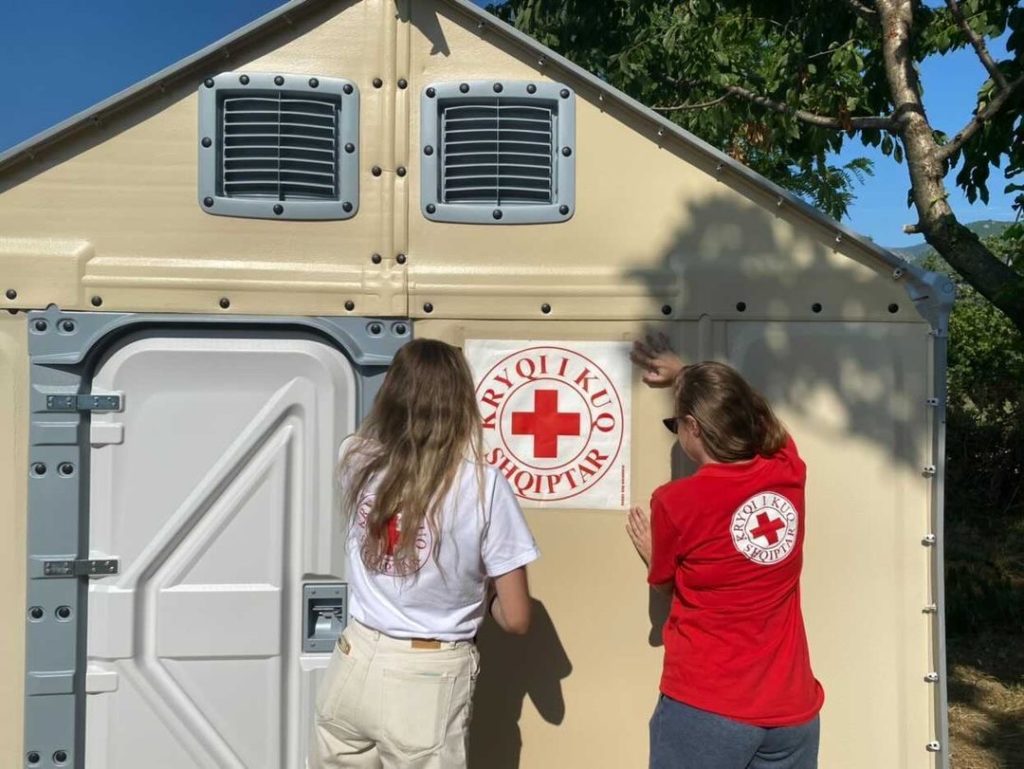
Црвен крст на Македонија – North Macedonian Red Cross
The Western Balkan route is one of the major European migration pathways taken by people in search for a better life. Hundreds of thousands of people made this journey during the 2015 European migrant crisis. The North Macedonian Red Cross installed RHUs at strategic points in Gevgelija close to Greece, and in Tabanovce, bordering Serbia, providing critical aid to the migrant populations arriving, nearly entirely on foot, and as safe spaces for children.
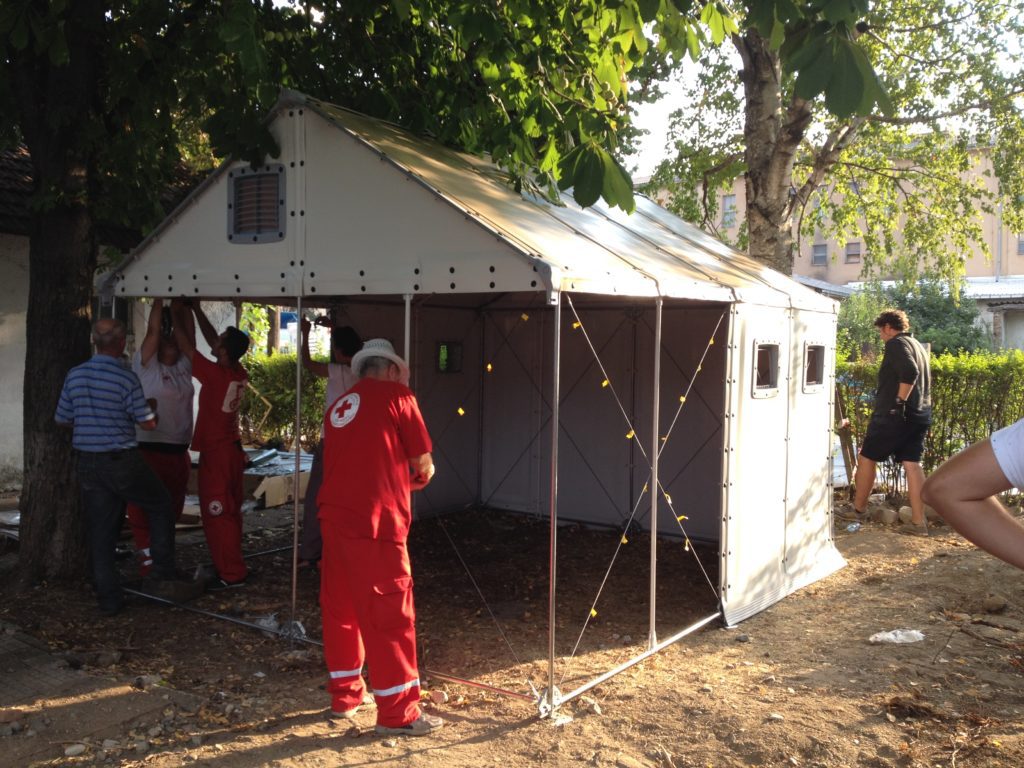
Hrvatski Crveni križ – Croatian Red Cross
In 2020, a 6.4 magnitude earthquake hit the central Croatian town of Petrinja, resulting in significant damage and human casualties. Many community residents of this small town were displaced, and left to cope with trauma following the disaster. The Croatian Red Cross installed RHUs as community centres, where both children and adults can access psychosocial support and programmes aimed to bring the community back together.





